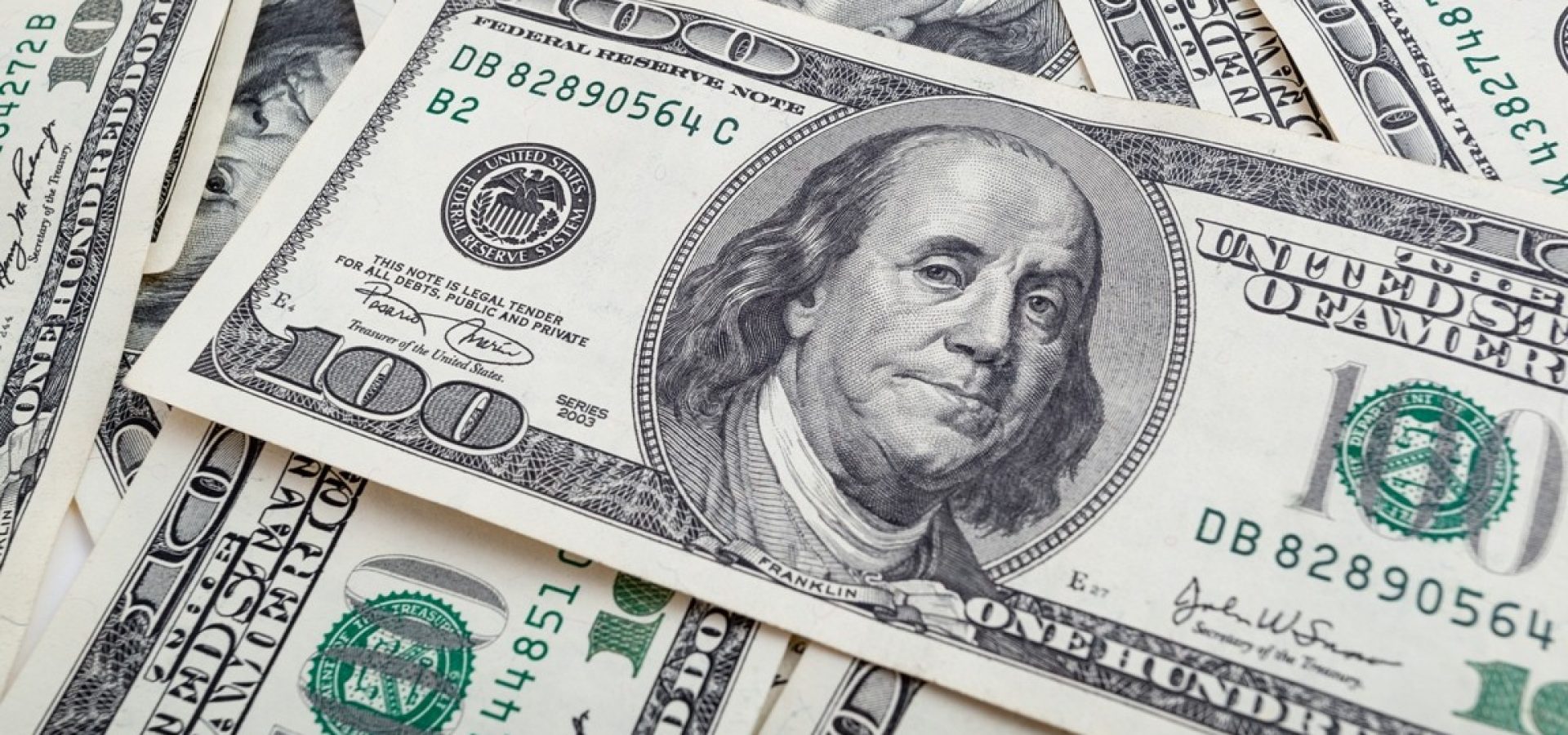The U.S. dollar reached a three-week high while commodity currencies were hindered on Monday. Traders turned to safe-havens due to renewed concerns about the second wave of coronavirus infections. As a result, the moves were modest on the FX markets.
The World Health Organization reported a record increase in global cases on Sunday. Apple Inc closed 11 U.S. stores last week as a precaution after the infections surged in States. Against a basket of currencies, the dollar held on to small gains from last week, moving higher to 97.744. However, it fell back to a flat level soon.
The U.S. currency slightly declined versus the Australian and New Zealand dollars, but it was steady against the euro, yuan, and British pound.
On the other hand, the Japanese yen was firm at 106.92 per dollar, near to a one-month high of 106.58.
Analysts at Barclays stated that FX markets would probably remain caught between recovering economic indicators and concerns about a second-wave of coronavirus infections in the week ahead.
They expect continued pressure on the kiwi. Meanwhile, the Euro may gain if the Purchasing Managers Index (PMI) data beats expectations. It’s due on Tuesday.
The Euro last traded flat at $1.1176 after plunging to a three-week low of $1.1168 in early trade.
Brexit worries weigh on the pound as well. There has been little progress in trade discussions with Europe. The British currency held just above a three-week low, at $1.2363.
What about the Australian and New Zealand currencies?
The risk-sensitive Australian dollar dropped against the U.S. dollar and yen in the morning trade. But it climbed up about 0.2% higher against both later. It last traded at $0.6844 and 73.18 yen.
On the other hand, the New Zealand dollar was slightly stronger, at US$0.6418. However, both currencies have lost the momentum they had in early June.
The Reserve Bank of New Zealand plans to announce its latest benchmark interest rate settings on Wednesday. Analysts are certain that it will keep rates on hold at 0.25%. That leaves markets free to focus on talk of negative rates in the future.









COMMENTS